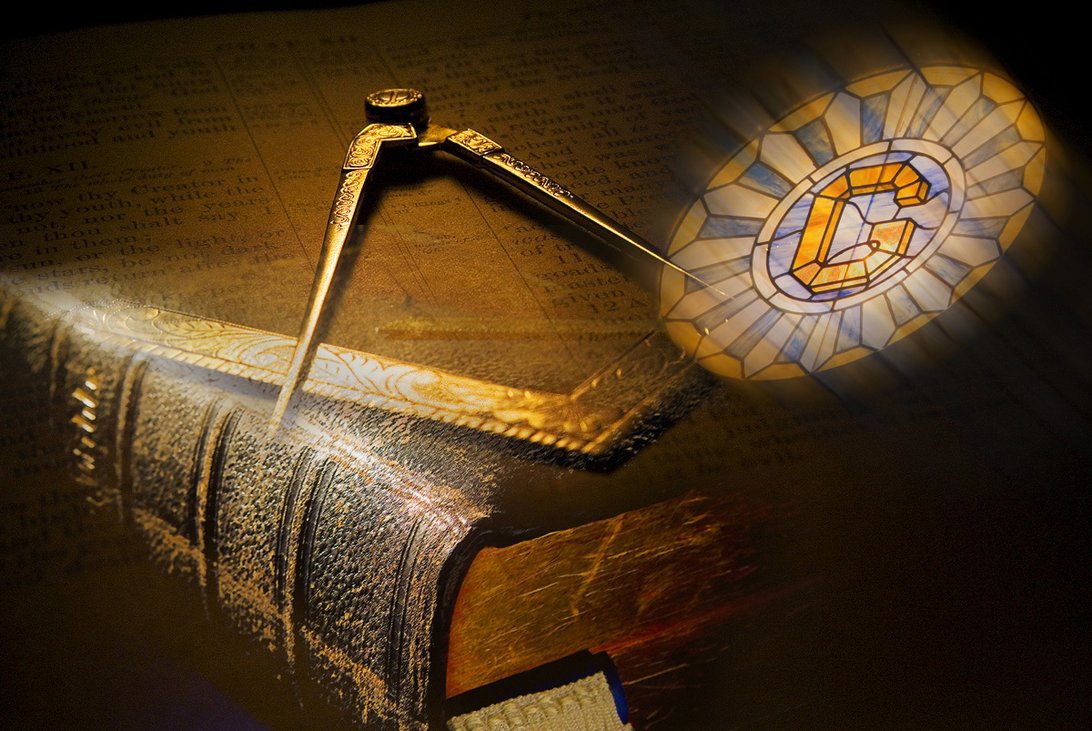Cardinal Virtues of Freemasonry
In this edition of Freemason Information’s Symbols and Symbolism we consider, together, the four cardinal virtues of Freemasonry as gathered form Albert Mackey’s Encyclopedia of Freemasonry. Mackey (and Freemasonry) originally sourcing the virtues from...
